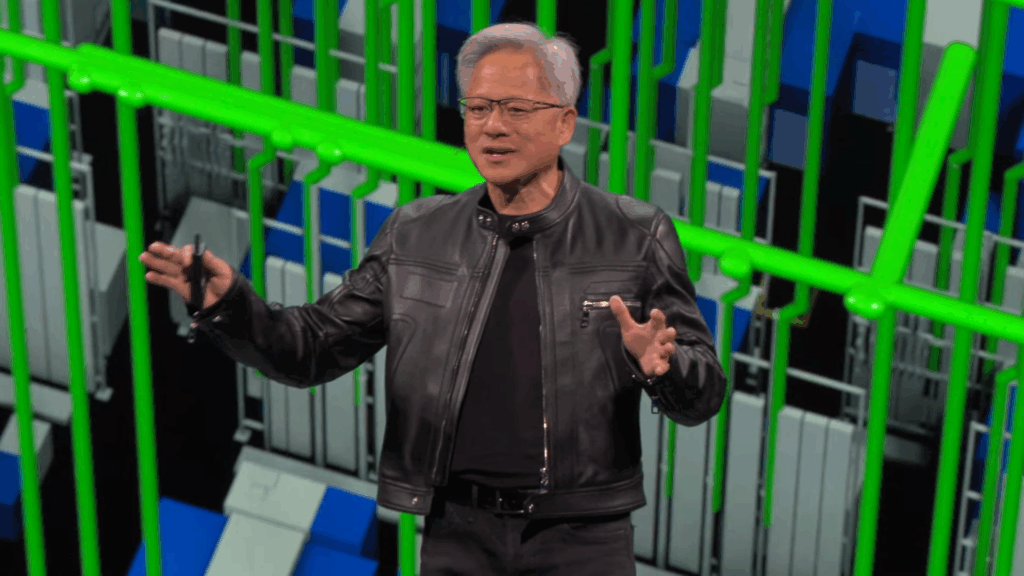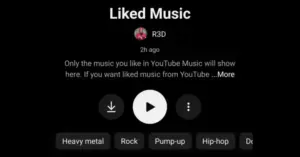
The debate surrounding the integration of artificial intelligence (AI) into everyday applications intensified recently as Nvidia’s CEO, Jensen Huang, expressed his strong belief in the necessity of AI in the workforce. During a recent meeting, he voiced his confusion regarding the public’s hesitation to embrace AI tools, stating that he wants “every task that is possible to be automated with artificial intelligence to be automated with artificial intelligence.” His comments come in the wake of similar sentiments shared by Microsoft‘s CEO of AI, who also remarked on the public’s mixed reactions to an AI-driven operating system.
Huang’s remarks reflect a growing trend among tech leaders advocating for deeper AI integration. According to a report by Business Insider, Huang reacted strongly to reports that some Nvidia managers were advising employees to minimize their use of AI. His response was direct: “Are you insane?” This comment underscores his commitment to AI as a transformative tool, even as concerns about its implications continue to rise.
Many individuals have expressed disapproval of Huang’s perspective. Critics argue that the push for automation could lead to workforce reductions, as companies might replace human workers with AI solutions. Detractors also highlight the limitations of large language models (LLMs), which can generate misleading or inaccurate information, raising red flags about their potential role in critical decision-making processes.
Despite the backlash, Huang and other tech leaders remain convinced of the benefits of AI. They argue that automation can lead to increased efficiency and productivity across various sectors. Yet, the public’s wariness indicates a significant divide between the tech industry’s vision for AI and the apprehensions of everyday users.
The skepticism surrounding AI is not limited to Huang’s comments. When Microsoft announced its plans for an AI-enhanced Windows operating system, the response was similarly mixed. The tech giant expected excitement but instead faced criticism from users who questioned the necessity and effectiveness of such features.
This disconnect raises important questions about how technology companies approach the implementation of AI. Leaders like Huang seem unable to comprehend the reluctance among users, as they continue to champion AI’s potential to revolutionize tasks and streamline processes. As the conversation evolves, it appears that the push for AI integration will persist, regardless of public sentiment.
In conclusion, Huang’s advocacy for AI automation highlights a broader trend within the tech industry. As leaders strive to innovate and improve efficiency, they must also navigate the complex relationship between technology and its users. The ongoing dialogue around AI—marked by enthusiasm from industry executives and skepticism from the public—will likely shape the future of work and technology in the years to come.







